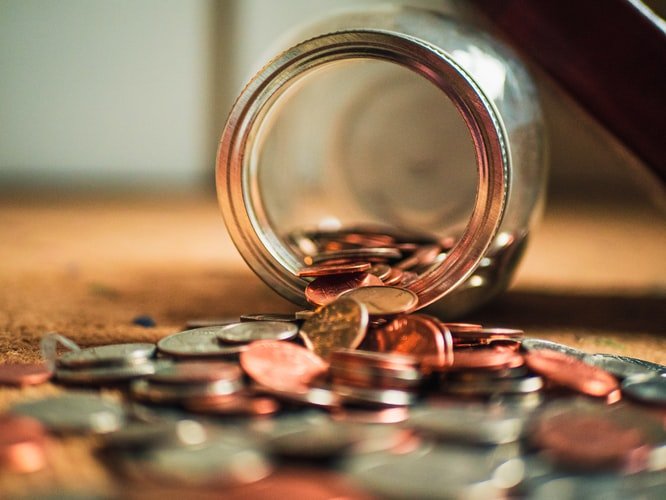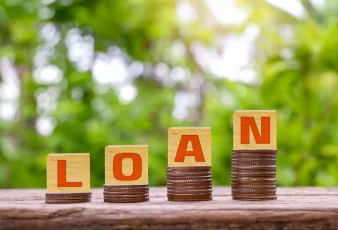Emergencies happen, and it’s a lot easier to deal with them if you have some money set aside. This guide will help you prepare for those emergencies.
You’re sitting on the side of the highway with steam billowing from under the hood of your car. Traffic is zooming by you as you try to get someone on the phone to come and lend a helping hand.
Unfortunately, emergencies like this happen. That’s just a part of life, and the unexpected costs of repairs, towing, and any number of other things can add up quickly and become an overwhelming financial burden if you’re not prepared for it.
That’s why we’ve put together a quick guide to help you prepare for the unexpected. Next time an emergency rolls around, money won’t be as big of a worry.
1. Emergency Fund Basics
An emergency fund can take many forms:
- A bank account
- A coffee can
- A rechargeable debit card
Basically, it’s any fund you can quickly get your hands on in case of an emergency.
Your emergency fund isn’t the same as your savings account. This is money you don’t talk about or pull from unless you absolutely need it.
In reality, everyone needs an emergency fund. “Life happens” is almost a cliche because life indeed happens, and it’s impossible to predict when. The emergency fund provides a bit of a financial cushion when life does happen.
Maybe you lose your job unexpectedly, or maybe you get sick. Maybe everyone is forced to stay home and the entire economy collapses, leaving you to fend for yourself with whatever money you have in your bank account.
Because anything can happen, you should be prepared for the worst.
We don’t mean you should build a shelter underground and stock up on freeze-dried meals, but you should be prepared to live out of your emergency fund for three to six months. That amount of savings will give you the cushion you need to swallow unexpected costs at almost any time.
That sounds like a lot, and because of that, it will take time to save that much, but once you have it, you have it!
2. Set Your Savings Goal
Saving six months of savings is a daunting goal,\ since you only make that much money in six months!
In order to accomplish this, you need to set multiple smaller goals and track your progress as you go, making adjustments to your plan as necessary.
Determining how long it should take to accomplish your savings goal is the first step. To calculate, plan to set aside ten percent of each paycheck for your emergency fund until you’ve reached your goal. As we said before, it might take some time to get there, but celebrate your milestones along the way — just not by spending it!
When building an emergency fund, life still happens, and you might need to pull from it (that’s the point). Instead of worrying, congratulate yourself for being more prepared, then recalculate your savings goal timeline and continue to monitor your fund with regular check-ins.
3. Get Your Expenses Under Control
Building an emergency fund requires a healthy balance of income and expenses. Many people don’t have emergency funds simply because there isn’t enough money left after the bills are paid.
Make sure to plug these drain holes. High-interest debt will only continue to grow, so get rid of it as soon as possible.
This takes priority over debt with lower interest rates (for obvious reasons). Good credit is important, but carrying too much debt will make it impossible to build long-term wealth and financial security, so this is priority number one.
If you’re in a hole of debt, a good way to start building an emergency fund is to divide your extra cash (whatever there is) between debt and savings.
Don’t increase your monthly spending, either. Spending more will only prevent you from reaching your savings goals.
4. Develop a Savings Habit
The best thing you can do for your long-term savings goals is to make saving money a habit. When something is a habit, it comes naturally and effortlessly.
If saving money is a habit for you, then you won’t be thinking about ways to spend every paycheck — you’ll be finding ways to achieve long-term gains.
In order to make saving a habit, you have to start putting money away.
Stick to your goals. If your goal is to save 5% of every paycheck for an emergency fund, do it. If necessary, automate your savings contributions so you don’t even have to think about it.
Monitor your progress regularly. It feels good to watch your account grow, and it will incentivize you to save more.
5. Extra Tips
Here are a few extra tips on building an emergency fund:
a. Get a 401k if You Can
If your employer matches your 401 (k) contributions, you should take advantage and contribute as much as you can. Your 401 (k) isn’t the same as your go-to emergency fund, but it’s your emergency fund for later in life, so don’t forget to build on it as well.
b. Save Windfall Money and Tax Refunds
Every once in a while, you may receive larger payments, tax refunds, or financial gifts. Use these as opportunities to save instead of chances to spend. That tax refund could grow into more money if you save it instead of spending it.
c. Don’t Over-Save
There comes a point in time when adding to your emergency fund isn’t doing any more good. If you’ve reached your saving goal, leave the money there, and add your extra savings to another fund with a higher interest rate.
Conclusion
When bad things happen, it feels good to be prepared. Sticking to a savings schedule and contributing more whenever you can leave you poised to take on almost any of life’s financial troubles.
At the end of the day, financial security is just a lifestyle, and you have the ability to learn it!
Read Also:
































